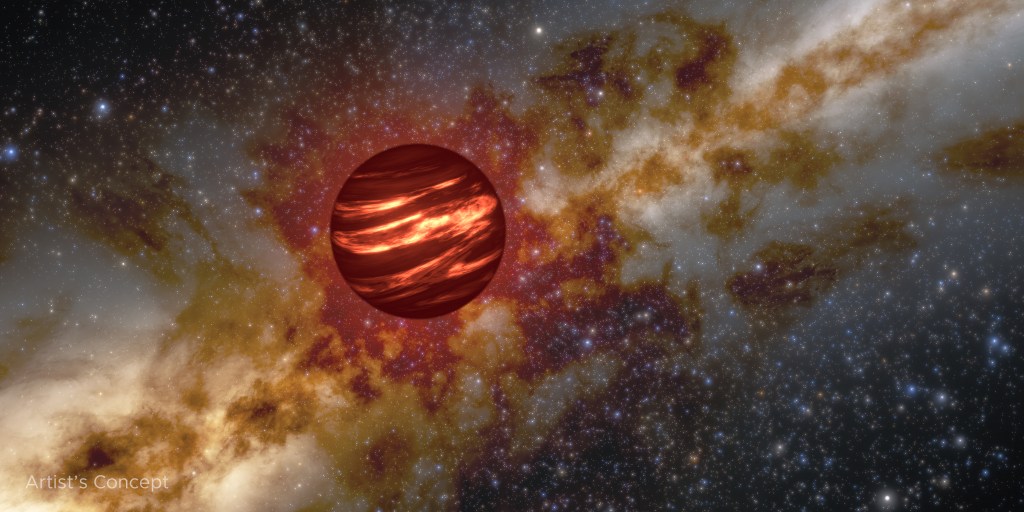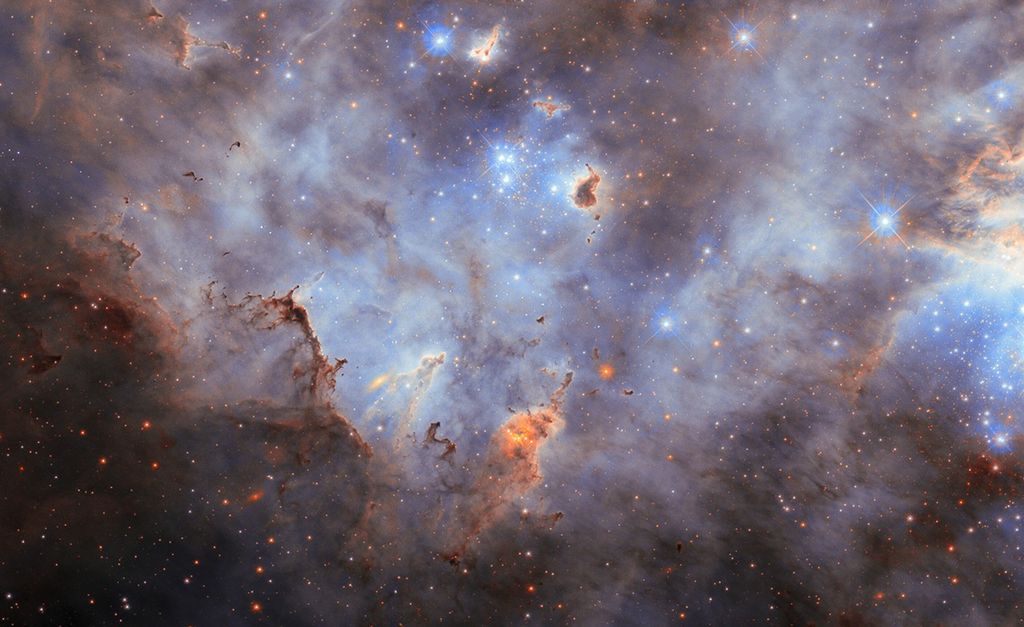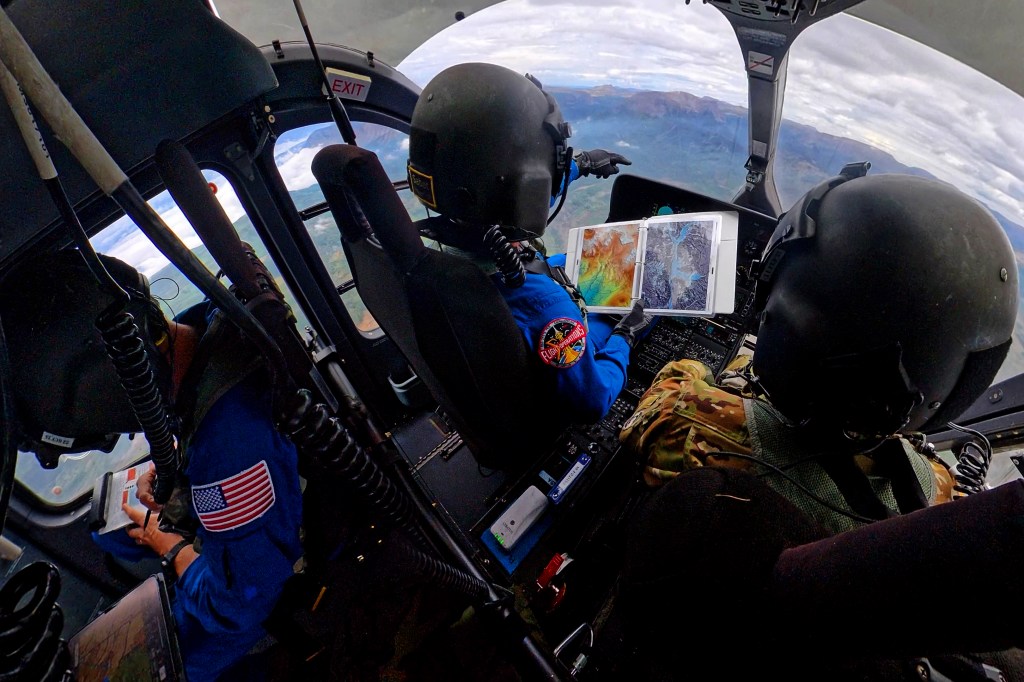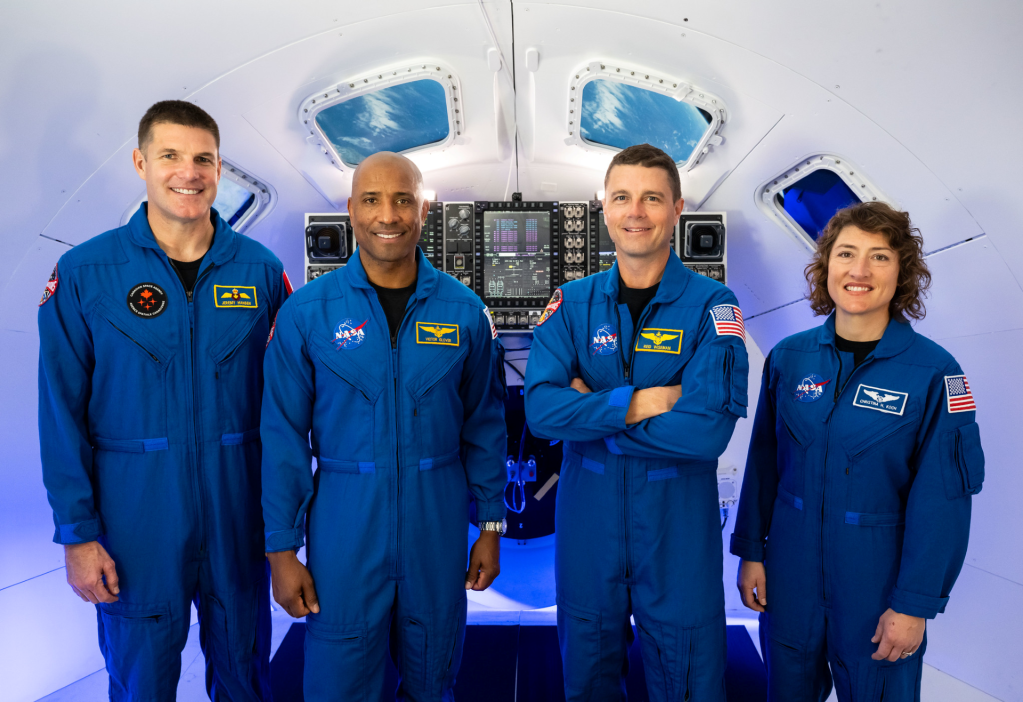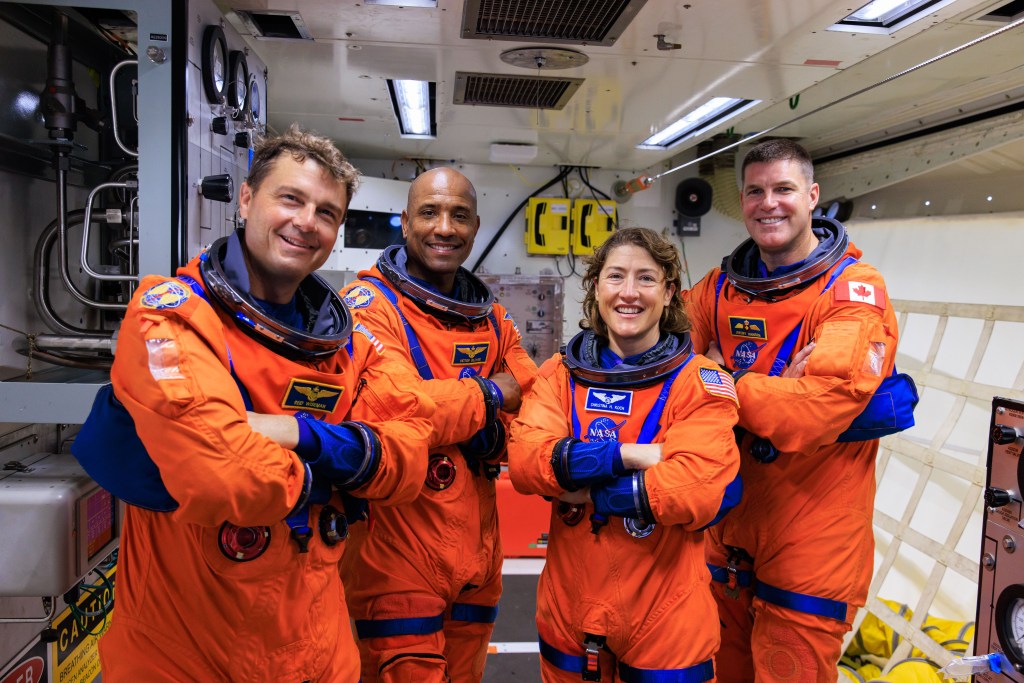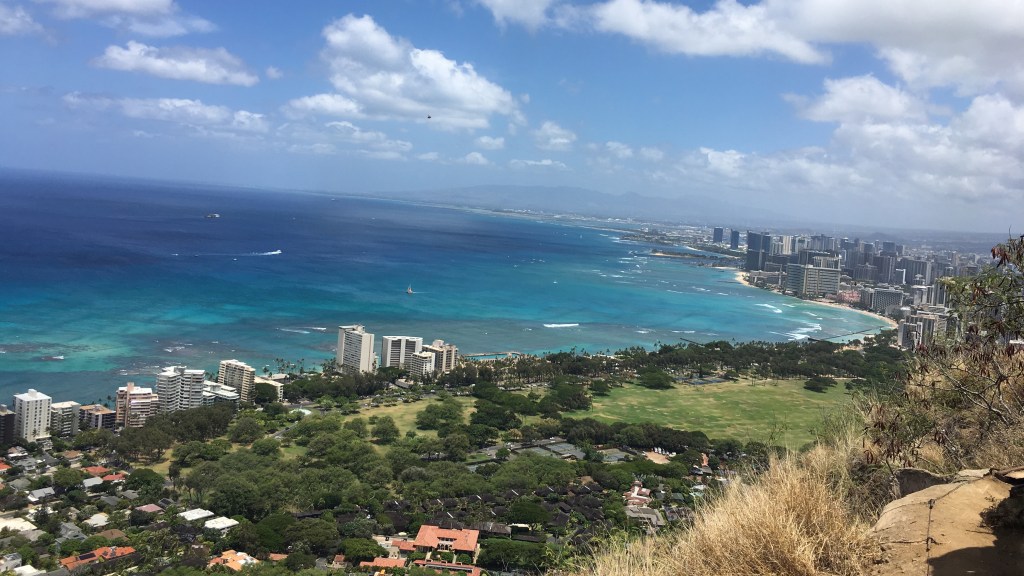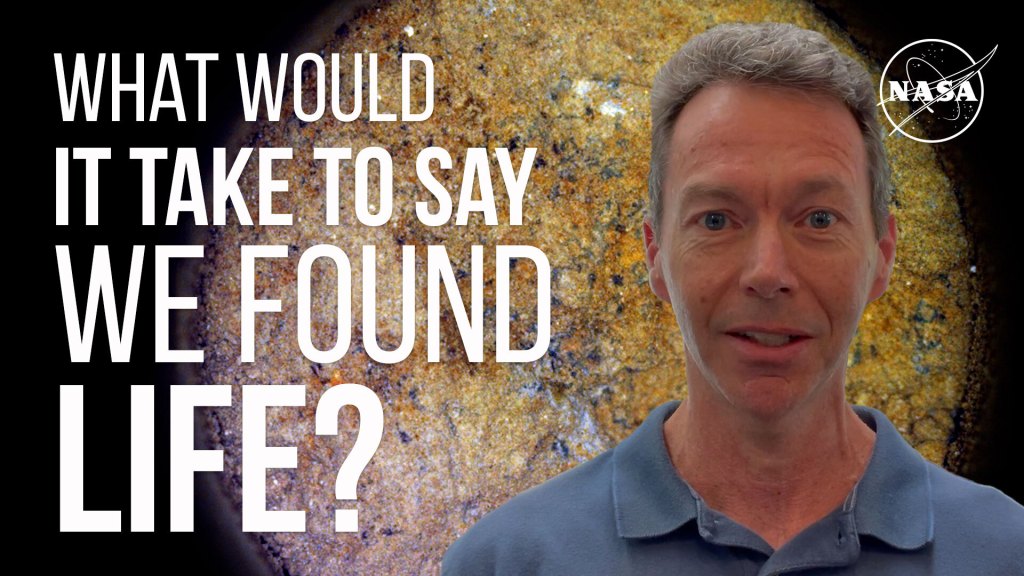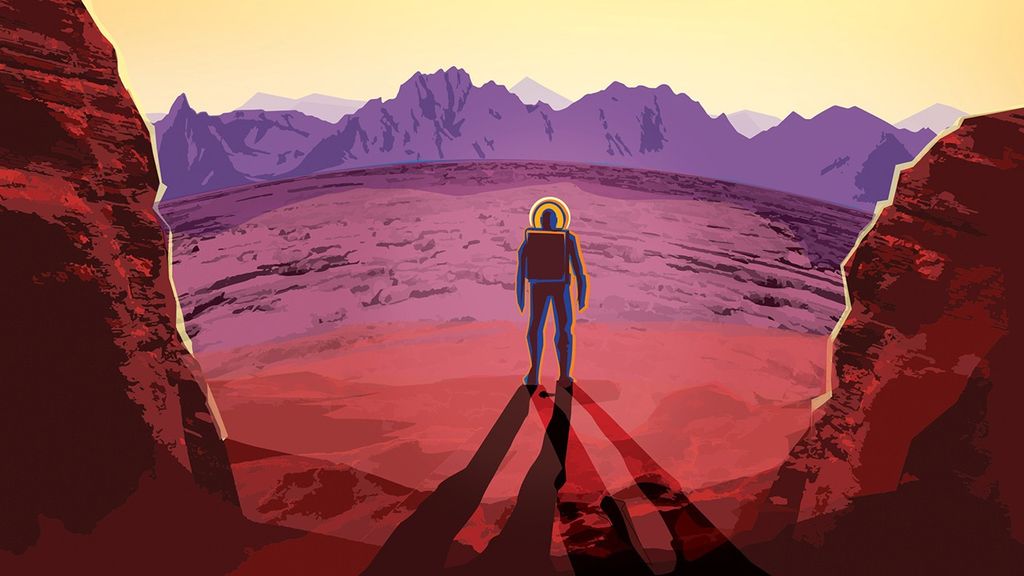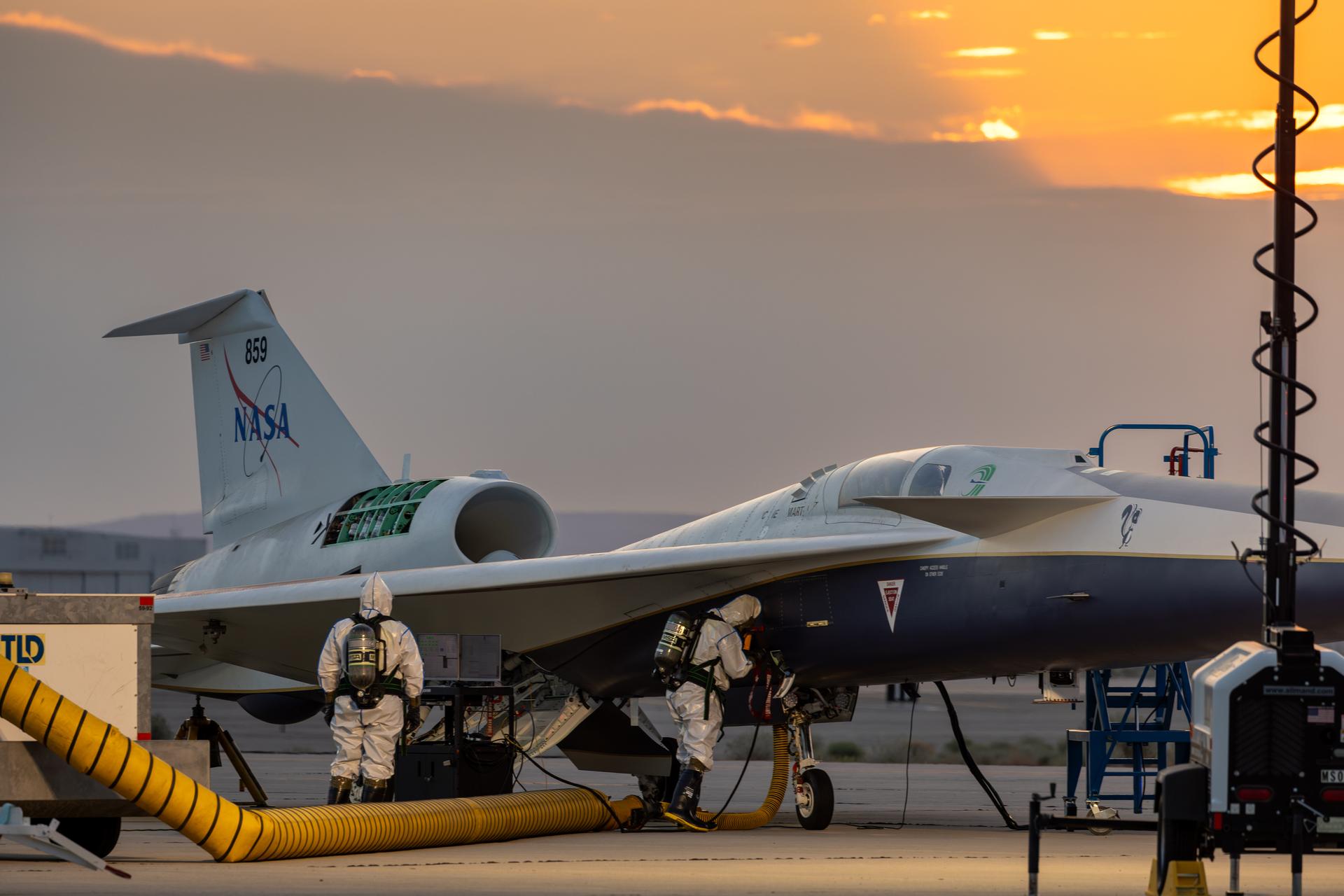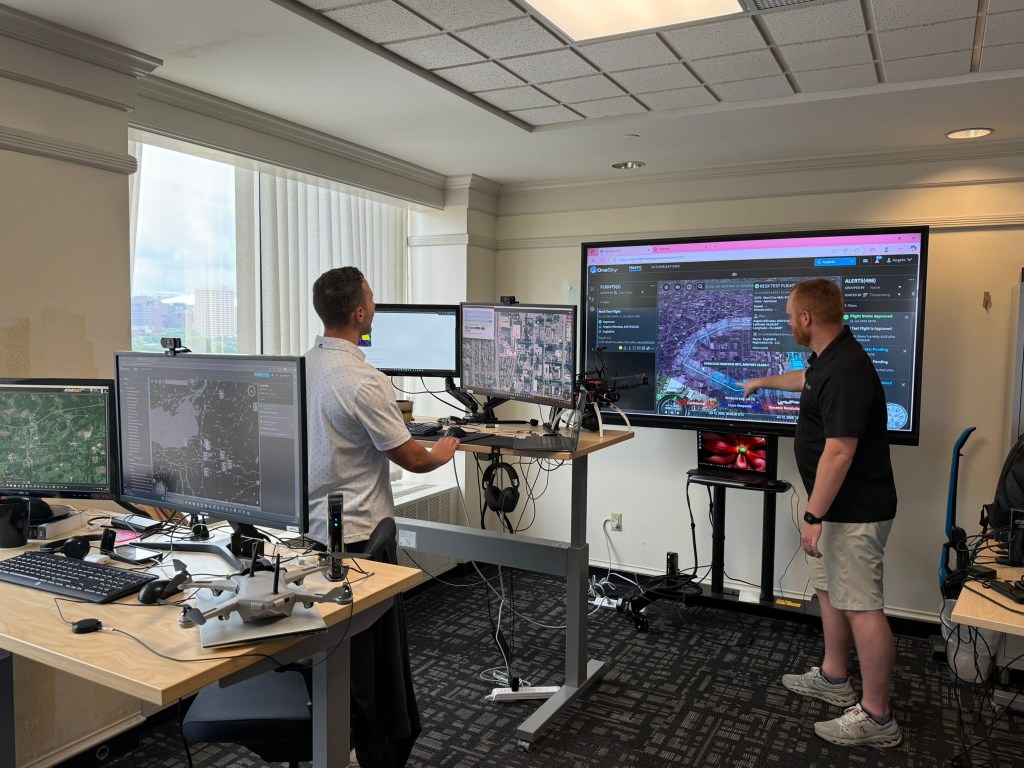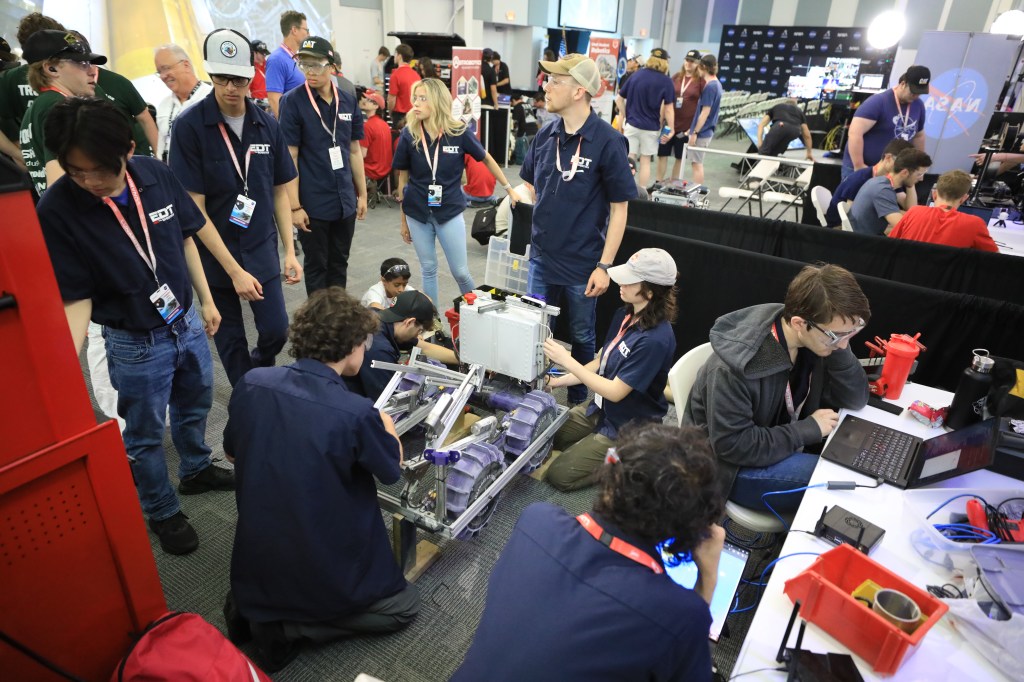Two John C. Stennis Space Center engineers were among the inaugural class of graduates from NASA’s Systems Engineering Leadership Development Program (SELDP).
Dawn Davis of New Orleans and Bryon Maynard of Lacombe, La., were among 15 program participants recognized during a leadership workshop and graduation ceremony at NASA Headquarters in Washington, D.C. Both are completing development assignments related to NASA’s Constellation Program, the agency’s plan to return Americans to the moon and possibly beyond.
Davis is completing a one-year assignment at Marshall Space Flight Center in Huntsville, Ala., where she is supporting the Ares I avionics and software chief engineer and the upper stage engine avionics lead systems engineer. Ares I will serve as the crew launch vehicle for the Constellation Program.
Maynard is on assignment at Johnson Space Center in Houston as an assistant chief engineer for the Orion crew exploration vehicle that will carry astronauts back to the moon.
Both began their assignment Oct. 1, 2008, as part of a NASA effort to provide leadership development and technical training opportunities to systems engineers in the agency. Participants in the SELDP are given the chance to work at a NASA center other than their own. Systems engineering focuses on defining, developing, operating and maintaining quality systems, such as those associated with rocket propulsion and rocket engine testing.
In addition to Davis and Maynard traveling to other centers, Stennis has hosted Carlos Ortiz-Longo from Johnson Space Center during the past year. He worked as a systems engineer in support of the AJ26 test effort at the E-1 Test Facility.
SELDP is directed by Christine Williams, who said the program met the three primary goals for the first year. “The first was to select high-caliber participants who were able to hit the ground running,” she explained. “The second was to provide those participants with challenging assignments that expanded their technical and leadership capacities in systems engineering. Finally, we wanted to provide leadership development and coaching that enabled participants to significantly build and improve their leadership capabilities.”
SELDP was established after NASA leaders identified systems engineering as a critical core competency for current and future space mission success. In response, the program uses various learning experiences to broaden participants’ technical understanding of NASA.
“The opportunity to work on the design of flight hardware for the next launch vehicle that will take man to the moon has been an incredible experience for me,” Davis reported. “It has given me an appreciation of the necessity of practicing both the art and science of systems engineering to ensure the success of a project.”
Maynard characterized his decision to participate in the SELDP initiative as one of the best career choices he has made. “This project has provided me new experiences and lessons that would have not been attainable at Stennis,” he said. “The most pleasant aspect of the program is the continuous engagement of the great people working for NASA. I am looking forward to returning to Stennis with a whole new set of tools and experiences.”
Stennis Associate Director Rick Gilbrech was at NASA Headquarters for the June graduation workshop and ceremony. He praised the program for its focus. “Most engineers start their careers with a deep knowledge in a narrow discipline,” Gilbrech said. “The key to developing good systems engineers is exposing them to subsystem or system design projects to develop a broader technical root system. The SELDP program does just that by giving participants geographically and technically diverse assignments. Another side benefit for most will be the professional relationships they develop with their classmates that they can draw on for their entire careers. It’s a great program.”
Bartt Hebert, chief engineer in the Engineering and Test Directorate at Stennis, serves as the SELDP advocate for the center. “SELDP is truly a win-win for the participants and the agency,” he said. “Dawn, Bryon and Carlos have been able to expand their skills and knowledge, which will benefit Stennis and the agency as we continue into future programs. We look forward to continued participation in the program for years to come.”
For more information on SELDP, visit: https://www.nasa.gov/offices/oce/appel/seldp/index_prt.htm.
Related Multimedia:
+https://www.nasa.gov/centers/stennis/news/releases/2009/CLT-09-121-cptn.html
– end –
text-only version of this release
Chris McGee, NASA News Chief
NASA Public Affairs Office
Stennis Space Center, MS 39529-6000
(228) 688-3249
Christopher.Mcgee@nasa.gov


